T4K3.news
Twins on the M6 expose gaps in mental health care
A reexamination of the 2008 Eriksson twins case raises questions about how mental health crises are handled and the justice system responds to them.
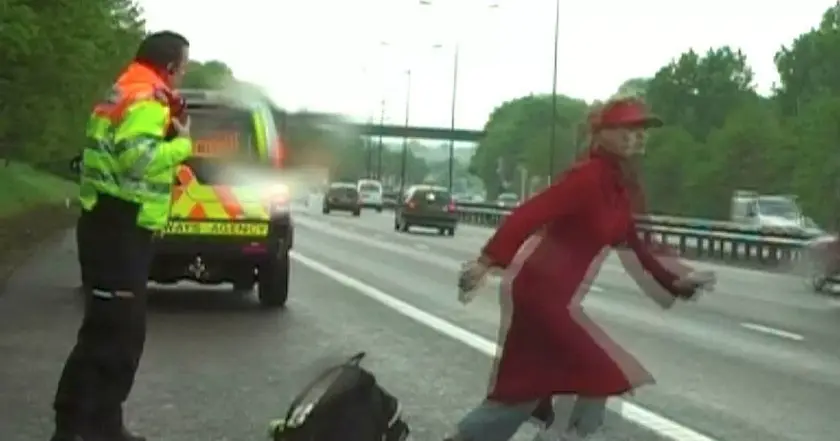
A closer look at the 2008 Eriksson twins case, where folie a deux influenced legal outcomes and sparked questions about how mental health crises are handled.
Twins on the M6 expose gaps in mental health care
In 2008, Sabina and Ursula Eriksson ran into traffic on the M6 in North Staffordshire, an episode captured by BBC cameras. Sabina stabbed a man she had known for less than a day and both sisters then wandered the roads, drawing police attention and public shock. After a brief detention, police released them, deeming them harmless. Sabina later admitted manslaughter with diminished responsibility, with the defence arguing folie a deux, or shared psychosis, influenced her actions.
Sabina received a five-year sentence and served about 439 days before release. The sisters later moved abroad, and in 2010 Sabina’s case concluded in a verdict that acknowledged mental illness as a factor but kept a degree of culpability. A forthcoming documentary by the Traffic Cops team revisits the events, using the case to examine how crisis moments intersect with care systems and public safety.
Key Takeaways
"If she is being considered to be mentally unfit at the time of committing a crime, there has to be a process"
Quoted by Glenn Hollinshead about the legal handling after Sabina's arrest
"Her mental condition should have been properly assessed after what she did on the motorway and the experiences the police had"
Hollinshead commenting on aftercare and public safety
"We don't hold her responsible, the same as we wouldn't blame a rabid dog for biting someone. She is ill and to a large degree, not responsible for her actions"
Family perspective on culpability
"I do question the criminal justice system for allowing somebody like this to be let out into the community"
Family member criticizing release policies
The Eriksson case sits at the uneasy crossroads of sensational media coverage and evolving psychiatric understandings. Shared psychosis remains a contested diagnosis, and this episode shows how legal outcomes can hinge on expert interpretation of mental illness. It also reveals longstanding tensions between safeguarding the public and treating people who experience acute psychiatric crises.
More broadly, the story underscores gaps in aftercare and risk assessment. Critics argue the system should do more to intervene before violence occurs, while supporters emphasize that assigning blame in the middle of a crisis is fraught. The upcoming documentary could shift the conversation from sensational spectacle to policy and practice that prevent repeats.
Highlights
- Mental illness is a condition, not a costume.
- Care must follow crisis not end at the courtroom.
- A tragedy born of influence not malice alone.
- Shared psychosis tests how far mercy goes in the system.
Sensitive case raises questions about public safety and mental health care
The story involves a violent death, shared psychosis and controversial handling by law enforcement and the courts. It highlights potential gaps in crisis intervention and aftercare, which could provoke public reaction and scrutiny over mental health policies and judicial processes.
The legacy of this case is not just a verdict but a prompt to improve how we respond to crisis.
Enjoyed this? Let your friends know!
Related News

AI therapy tested by journalist

Mother fights to save her daughter from mental illness

Revealing unethical medical experiments
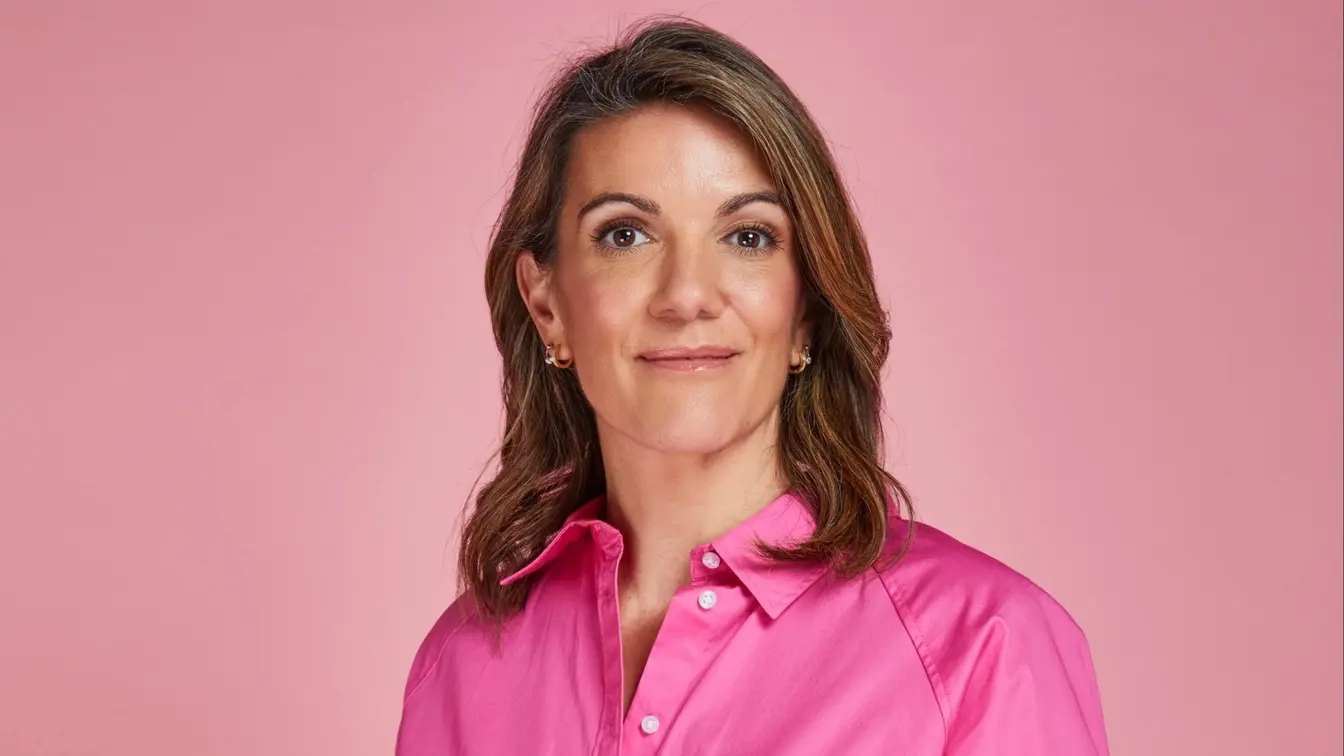
Growing awareness of ADHD triggers
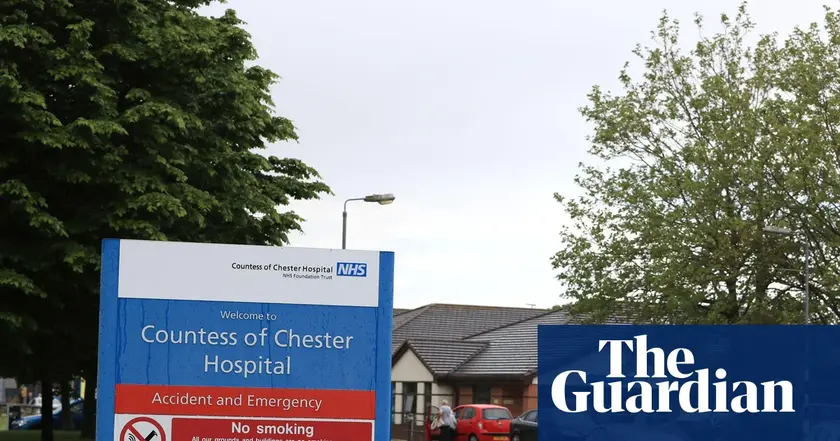
CQC flags emergency care at Countess of Chester

Teen girl dies after being left unsupervised at mental health facility
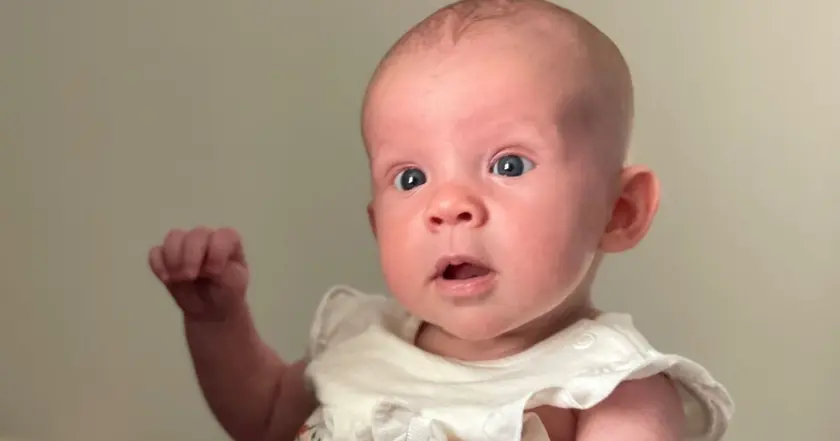
Mother advocates for mental health support after daughter's cancer diagnosis
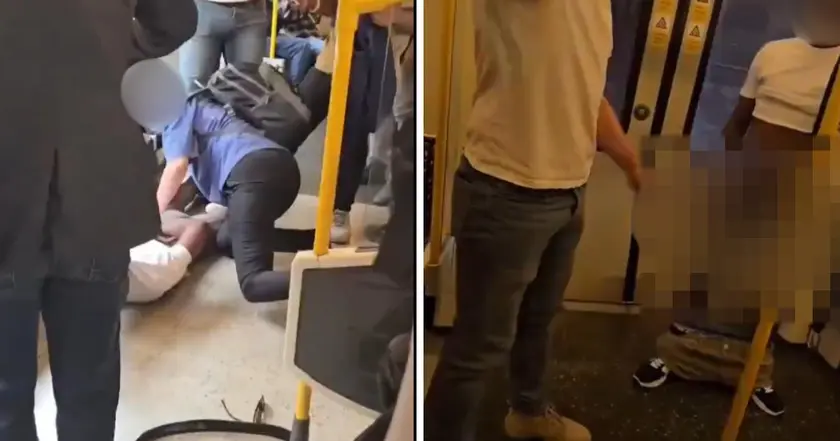
Transit assault near East Ham prompts police inquiry
